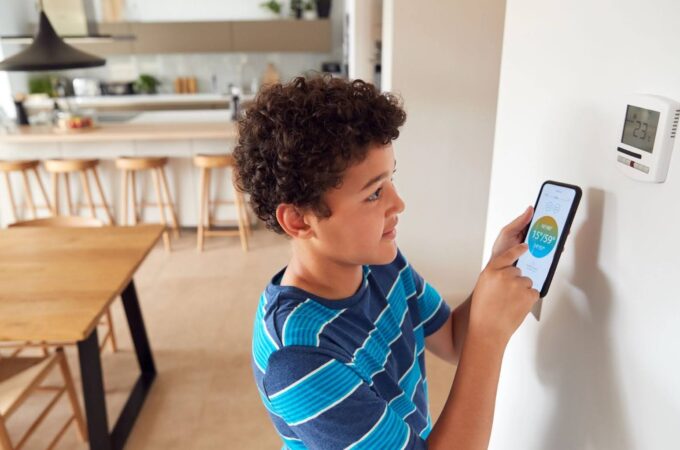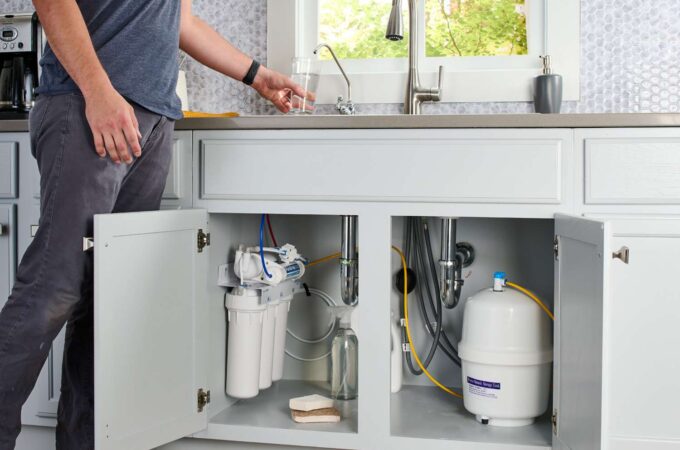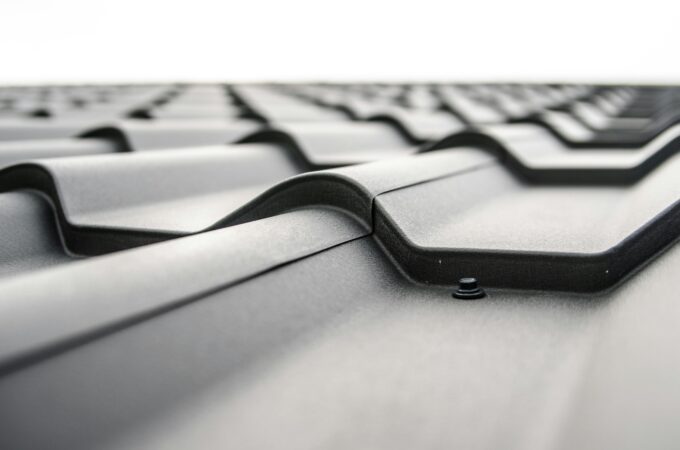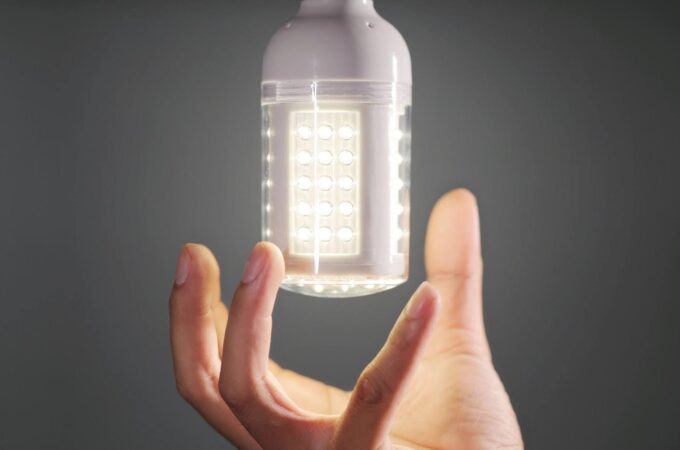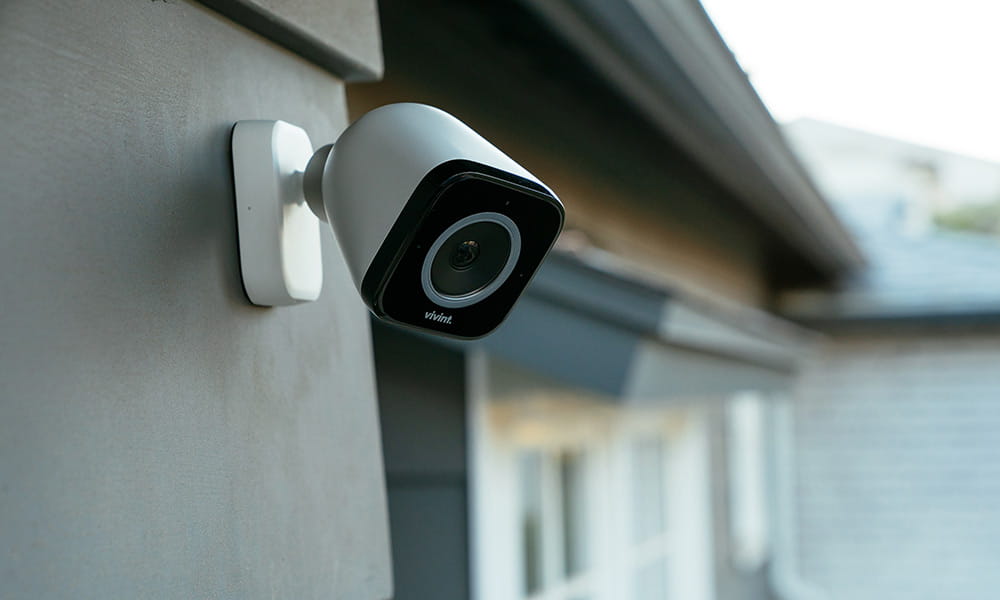
The Basics about Home Surveillance Cameras
Surveillance cameras are a must-have installation in every home. When you are away, they calm your nerves by watching over your home. Also, several studies indicate that burglars are likely to avoid breaking into properties with security cameras.
How Security Cameras Work
All security cameras have three main components – the lens, which gathers light reflected from the objects in the camera’s field of view, the image sensor, which converts the light into digital signals, and the image processing circuitry, which enhances and transmits the digital signals.
The three elements mentioned above determine the type and quality of images recorded by the camera. For instance, a lens with enhanced night-vision shoots better pictures in the dark than a standard lens.
Most cameras come with a secondary storage device such as a tape recorder or a hard disk. This ensures that the recorded footage is available for future reference. That said, IP (internet protocol) cameras support FTP uploads, meaning that the storage device can be off-site.
Types of Surveillance Cameras
Here, we look at the most popular types of surveillance cameras, their distinctive features, and their ideal location for installation.

Bullet Cameras
Bullet cameras are long and cylindrical. They have a protective casing that shields the lens from dust, moisture, and wind, making this variant perfect for outdoor installation. Most bullet cameras have a mounting bracket and can either be fixed or movable, depending on your preferences.
Pan, Tilt, and Zoom (PTZ) Cameras
A PTZ camera features mechanical controls that allow you to pan, tilt, and zoom the lens remotely. The movement is usually controlled using a joystick or software. This model is ideal for outdoors, as it allows you to survey a wide field of view and zoom on particular objects.
Dome Security Cameras
A dome camera has a discreet dome shape with a ceiling mount and is best-suited for indoor surveillance. Its unique shape makes it impossible to tell which way the camera is facing. This, coupled up with its vandal-resistant features, makes dome cameras one of the fundamental elements of any home security system.
IP Security Cameras
An internet protocol security camera captures, converts, and transmits digital signals over a computer network to an off-site storage location. This gives them the upper hand of other types, as burglars can’t destroy the footage easily to cover up their tracks.
Day/Night Cameras
Day and night surveillance cameras are ideal for recording in environments with low-light conditions. These cameras have a powerful lens and infrared illuminators that enables recording at low-light levels.
It is advisable to buy a camera that comes as a component of a comprehensive home security system. If you are unable to settle on one particular type, this article on best home security systems will assist you in making an informed decision.
Installing Home Security Cameras
It is crucial to set up the surveillance system properly, as a poor installation won’t get you any meaningful results. Most camera systems are easy to install. However, it is advisable to call a professional if you have no previous experience with electronics.
Different models have specific methods of installation. Ensure that you follow the manufacturer’s instructions to avoid inconveniences.

When installing the camera, confirm that the lens (if fixed) is focused on the intended field of view. For outdoor installation, verify that the mounting is firm to withstand strong winds and avoid image distortion. You can add weatherproof casing to improve its resistance to adverse conditions.
Before you install a security camera, take time to study the legal restrictions on surveillance. It is illegal to record videos without alerting the people within the range of the presence of a surveillance system.
Limitations of Security Cameras
Although they offer security, surveillance cameras are not completely secure. They can fail due to adverse weather conditions, power outages, or vandalism. Cameras that record on-site are also vulnerable to tampering of the footages.
Conclusion
Cameras are an integral element of any home’s security system. Besides deterring intruders from breaking into your property, they are also useful in identifying intruders when a break-in occurs.
In the past, only the rich could afford home security cameras. Thanks to technology, these devices are now affordable to all classes. Furthermore, the wide assortment of choices in the market means that every homeowner can get a suitable system without denting their budget.
